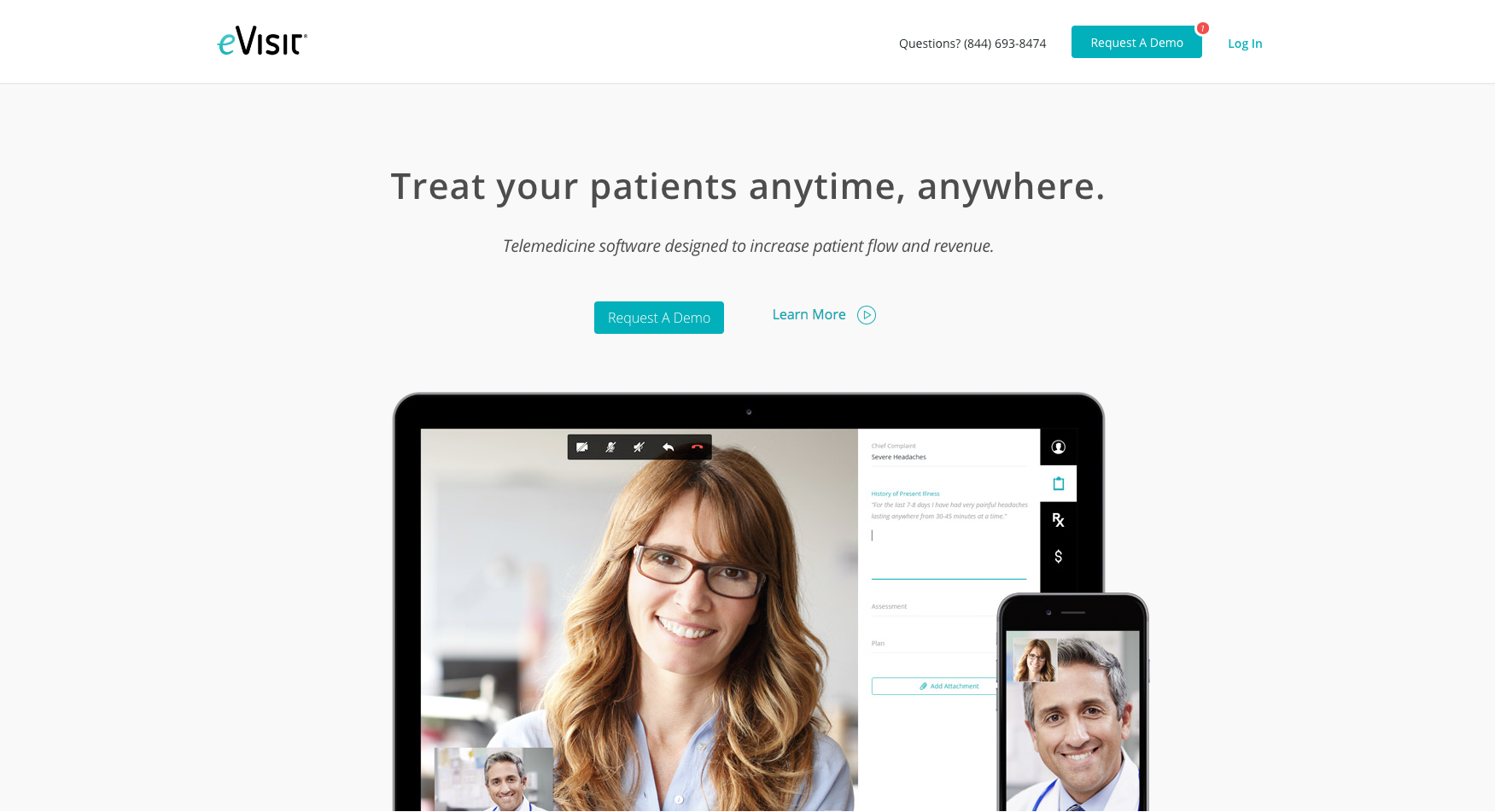Who doesn’t love to save money?
You always hear about how telemedicine can save patients and the healthcare industry a significant amount of time and money. But what about the doctors who provide the care? Does telemedicine save doctors money, too? Could telemedicine even be a smart strategy for your practice’s financial health?
The answer is a resounding yes.
Not only does telemedicine boost your practice revenue, it actually makes your practice more cost-effective. And I’ll tell you how.
Here are five ways telemedicine can save doctors money.
-
Keeps Patients in Your Practice.
When your patients need care, you want them to come to you. However, your patients may need more immediate care than your practice and office hours can provide. This is is a huge problem within our health system right now - patients showing up the ER, urgent care, or at retail clinics for problems their primary care doctor could easily address.
These visits are unnecessary for the patient. Usually just a quick overview and reassuring words from you could save your patients hassle, time, and money. Becker’s Hospital Review reported statistics from a Truven Health Analytics study that showed about 71% of emergency room visits are unnecessary. I see this first-hand in the ER all the time.
Plus, every healthcare visit your patients seek outside of your practice—needless or otherwise—costs you money you could have otherwise earned.
To save you from losing that money, telemedicine extends your hours and increases your availability for urgent care. It’s easy to squeeze a 3-5 minute eVisit to address a patient’s UTI, for example, into your schedule.
-
Optimizes Your Time
Offering a telemedicine option to patients reduces no-shows, by giving patients a convenient way to get care, no matter what comes up. This means telemedicine can boost your patient flow and help you make the most of your time. Plus, whenever you do have missed appointments or a change to your schedule for the day, you can easily fill that time with eVisits. Being able to connect with patients on a more flexible schedule means you’re saving wasted time. And as busy doctors, we know time is money.
-
Improve Compliance With Virtual Appointments
When a patient misses an office appointment, that can interrupt your patient flow for the day and cost you money you could have earned. In addition, non-compliance with appointments and follow-ups, particularly to check on prescription and treatment regimens, can cause risk to the patient. This too can be costly to your practice in the future in terms of liability and malpractice.
Amednews.com reports two surveys conducted by medical liability insurer The Doctors Company. One survey found that “the most frequent risk-management issues were failure to contact patients after missed appointments and a lack of tracking to ensure appropriate follow-up care was completed.”
In another survey from the same company, noncompliance with follow-up calls and not following doctors’ advice for treatment caused 36% of patient injuries. Virtual appointments combat this risk. They enable you to check in with your patients more frequently to ensure they are following doctor’s orders. This reduces your liability and potential unnecessary costs in the future.
-
Saves Costs on Overhead
Imagine having the ability to leave your practice a few hours earlier and bring your work to the comfort of your home office. With telemedicine, you can do just that.
Shortening your practice hours could mean saving money on payroll if any of your staff are paid hourly. Shorter hours may even boost morale, which could save you money by preventing employee turnover. You may also save on utilities and other costs associated with your office being physically open.
-
Lowers Liability by Improving Documentation
As Amednews.com reports, The Doctors Company found that 47% of the participating offices reported that medical record documentation was a risk-management problem. Whenever you take off-hours calls or consult with patients when your office is closed, you’re likely not documenting the visit. If you use a telemedicine option instead, you can capture necessary documentation for all off-hours patient visits. You can both protect yourself financially by preventing malpractice lawsuits and inform future care decisions to save you time, and thus money, in the future.
If you’re looking to put a little money back in your pocket, telemedicine can save you money in several ways. Consider your practice’s current costs and operations. See where telemedicine might fit to take your practice to the next level of quality patient care.




